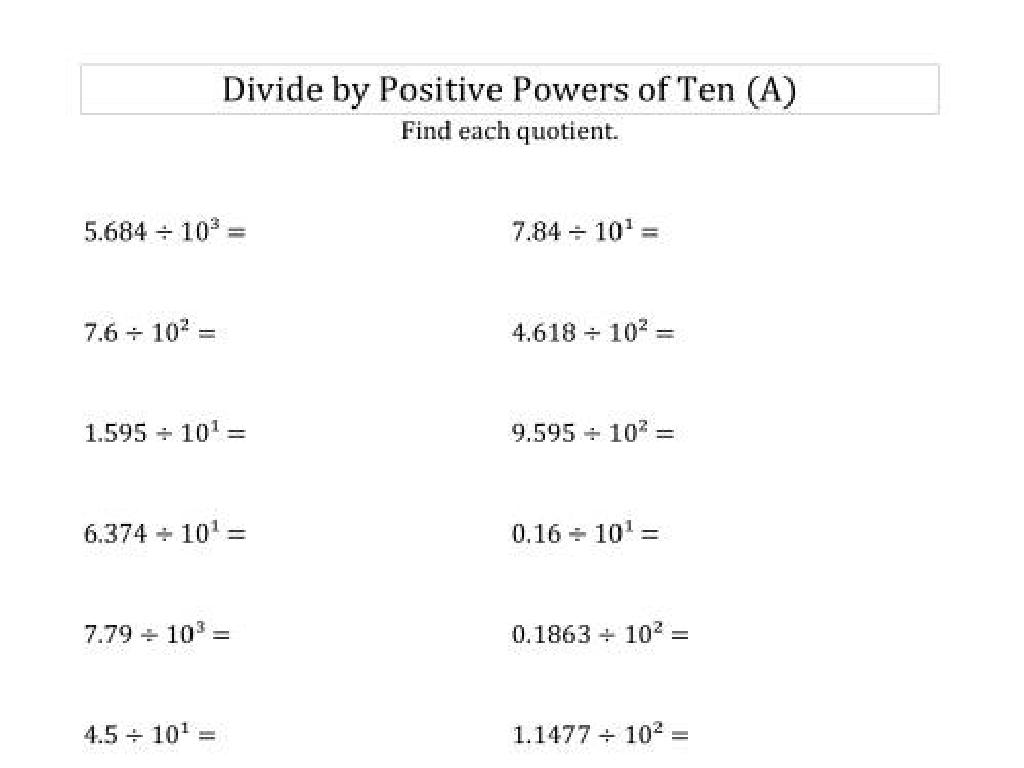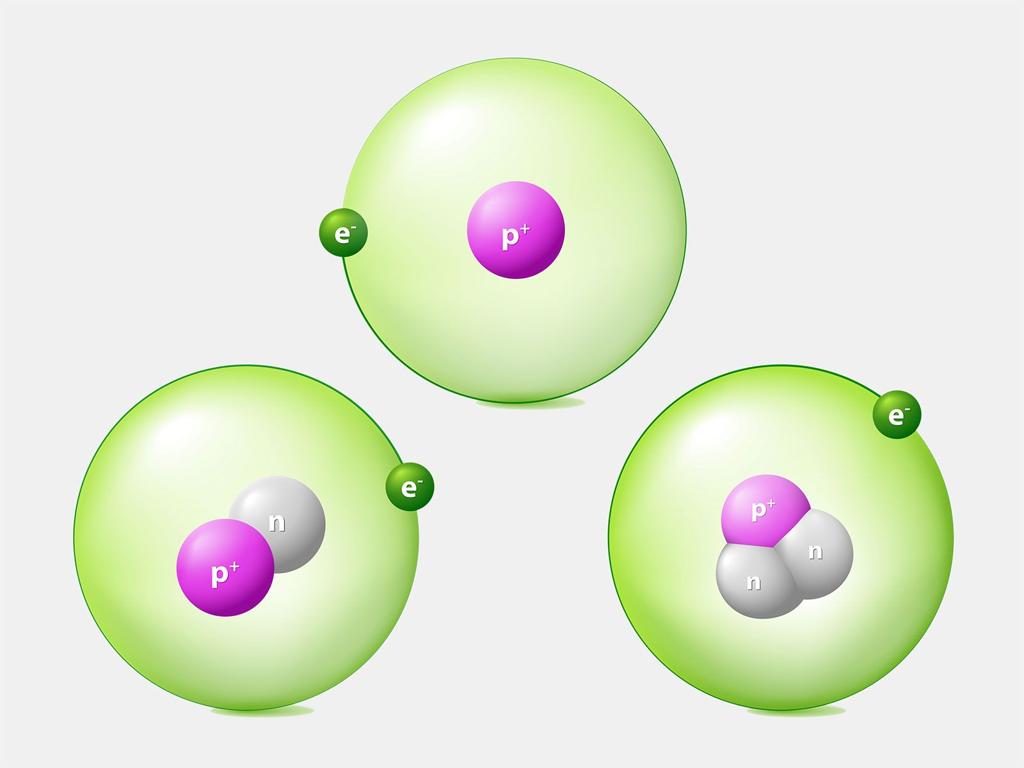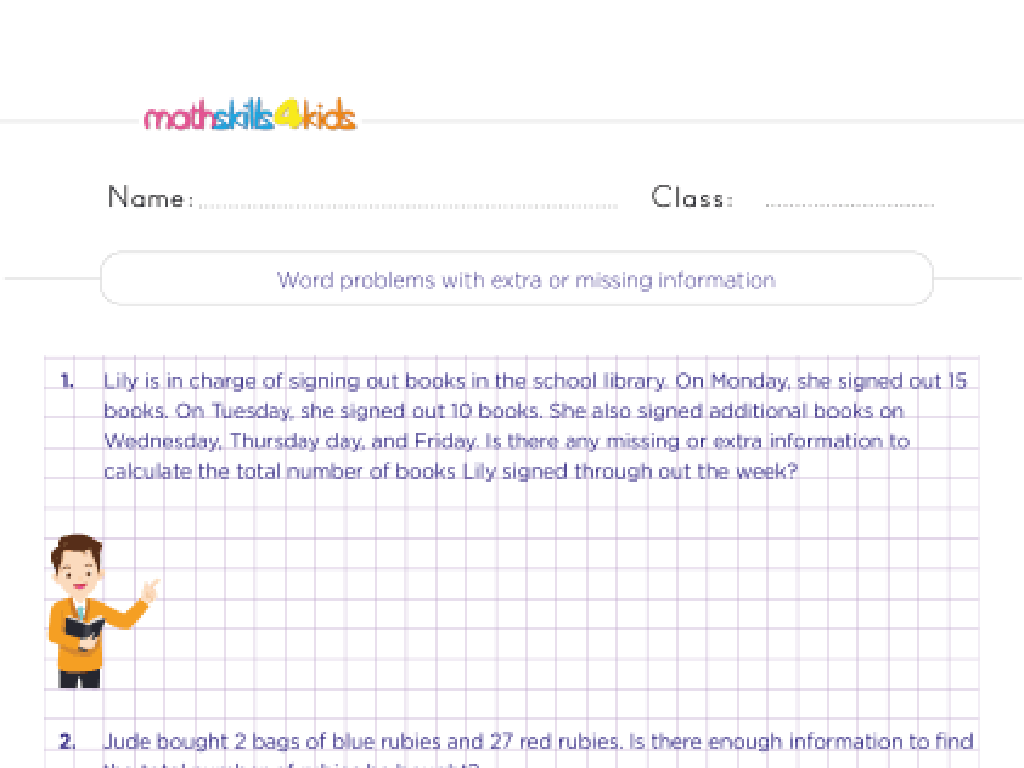Winds Of Change
Subject: Language arts
Grade: High school
Topic: Reading And Vocabulary
Please LOG IN to download the presentation. Access is available to registered users only.
View More Content
Introduction to ‘Winds of Change’
– Explore the metaphor ‘Winds of Change’
– A metaphor for significant shifts in events or attitudes
– Phrase application in literature & life
– Analyze its use in stories and historical contexts
– Preview of session objectives
– Engage with examples & discussion
– Real-world examples and class participation
|
This slide introduces the metaphor ‘Winds of Change’ and sets the stage for the day’s lesson. The metaphor represents transformative changes in society, life, or literature. Students will explore how this phrase is used to signify major transitions or revolutions, both in fictional narratives and in real-world events. The objectives of today’s class include understanding the metaphor, recognizing its application in various contexts, and engaging with the material through examples and class discussions. Encourage students to think of instances in history, current events, or personal experiences where ‘Winds of Change’ might be an apt description. This will help them grasp the concept and its relevance more concretely.
Vocabulary Building: Winds of Change
– Define ‘Winds of Change’
– A metaphor for significant shifts in politics or culture, originating from a political speech.
– Explore synonyms and antonyms
– Synonyms: transformation, evolution. Antonyms: stagnation, status quo.
– Interactive vocabulary activity
– Use context to match words with meanings or find opposites.
– Discuss the significance of change
|
This slide aims to expand students’ vocabulary by exploring the phrase ‘Winds of Change’ and its historical context. Begin by explaining the origin of the phrase, which was popularized by a speech by British Prime Minister Harold Macmillan in 1960, signaling the decolonization of Africa and the British Empire. Encourage students to think of synonyms and antonyms related to the concept of change, enhancing their understanding of the word’s connotations. The interactive exercise could involve matching vocabulary words to their definitions or finding antonyms within a given context. This activity not only reinforces the new vocabulary but also engages students in critical thinking about language and its evolution. Discuss the broader implications of change in society and personal lives to make the lesson relevant and thought-provoking.
Reading Comprehension: Winds of Change
– Read an excerpt with ‘Winds of Change’
– Identify metaphorical use in text
– How does ‘Winds of Change’ add meaning?
– Discuss author’s purpose
– What message is the author conveying?
– Analyze the tone of the excerpt
– Is the tone hopeful, foreboding, or neutral?
|
This slide is aimed at enhancing students’ reading comprehension by examining the use of metaphors, specifically ‘Winds of Change’, within a text. Students will read a selected excerpt and focus on identifying the metaphorical language. They will then discuss the author’s intent behind using this metaphor and how it contributes to the overall message and tone of the piece. The tone could range from positive (hopeful) to negative (foreboding), and it’s important for students to consider how the author’s choice of words influences the reader’s perception. Encourage students to think critically about the text and to share their interpretations during the discussion.
Literary Analysis: Winds of Change
– ‘Winds of Change’ in narrative
– How does the metaphor of changing winds propel the story forward?
– Characters’ reactions to change
– Observe how characters evolve or resist in response to change.
– Change’s impact on plot
– Analyze key plot turns resulting from shifts in circumstances.
– Understanding thematic significance
|
This slide delves into the ‘Winds of Change’ as a driving force in literature, examining how it influences the story’s direction, character development, and plot progression. Students should consider the ‘Winds of Change’ as a metaphor for transformation or upheaval that moves the narrative. They should explore how characters respond to these changes, whether they adapt, struggle, or grow, and how these reactions further the plot. Additionally, students should analyze how change can be a catalyst for key events in the story, leading to a deeper understanding of the thematic significance of change within the narrative. Encourage students to think critically about the role of change in character arcs and plot dynamics.
Winds of Change: Real-World Connections
– ‘Winds of Change’ in history
– Explore events like the fall of the Berlin Wall, symbolizing change.
– Metaphor in personal experiences
– How have ‘winds of change’ affected your life decisions?
– Is change positive or negative?
– Debate the impacts of change: growth vs. loss.
– Class discussion activity
|
This slide aims to connect the metaphor ‘Winds of Change’ to both historical events and personal experiences, fostering a deeper understanding of change as a concept. Start by discussing significant historical events that were turning points, such as the fall of the Berlin Wall, and how they were described as ‘Winds of Change’. Encourage students to reflect on their own lives and identify moments of significant change, discussing how these experiences relate to the metaphor. Lead a class discussion on whether change is inherently positive or negative, prompting students to consider different perspectives and the dual nature of change. The activity should involve students sharing their thoughts and debating the role of change in personal and societal contexts, promoting critical thinking and empathy.
Creative Writing: Winds of Change
– Craft a paragraph with ‘Winds of Change’
– Incorporate new vocabulary words
– Use at least 5 new words learned this week
– Share your writing in class
– Engage in peer discussion
– Provide constructive feedback on word usage
|
This slide introduces a creative writing exercise aimed at applying newly learned vocabulary in the context of the theme ‘Winds of Change’. Students are tasked with writing a short paragraph that not only includes the phrase ‘Winds of Change’ but also integrates at least five new vocabulary words from recent lessons. After writing, students will have the opportunity to share their work with the class, fostering a collaborative learning environment. During the sharing session, encourage students to listen actively and provide constructive feedback to their peers, focusing on the effective use of the new vocabulary. This activity will help students to deepen their understanding of the words and how they can be used in different contexts, as well as improve their writing and critical thinking skills.
Class Activity: Embracing the Winds of Change
– Role-play scenarios of change
– Act out situations where change occurs, e.g., moving to a new city.
– Reflect on emotions during change
– How did you feel? Anxious, excited?
– Discuss coping strategies
– What are some ways to handle changes?
– Share experiences with class
|
This activity is designed to help students understand and articulate their feelings about change through role-play. By acting out scenarios, they can explore the emotional impact of change in a safe environment. After role-playing, students should take a moment to reflect on their emotional responses. A group discussion will follow, allowing students to share their coping mechanisms and support each other. This can lead to a deeper understanding of how change affects individuals differently and the importance of empathy. Possible scenarios for role-play include starting at a new school, a friend moving away, or changes within the family. Encourage students to be creative and draw from personal experiences.
Review and Reflection: Winds of Change
– Recap today’s key lessons
– Reflect on lessons about change
– How does change impact individuals and societies?
– Engage in a Q&A session
– Clarify any doubts
|
This slide aims to consolidate the learning from today’s lesson on the theme of ‘Winds of Change.’ Begin by summarizing the main points discussed, such as how change is depicted in literature and its effects on characters and settings. Encourage students to reflect on the broader implications of change in their own lives and in society. Open the floor for a question and answer session, allowing students to address any uncertainties or delve deeper into the topic. This is also an opportunity to assess comprehension and to reinforce the day’s learning objectives. As a teacher, be prepared to provide examples, answer questions, and guide the discussion to ensure a thorough understanding of the subject matter.
Homework: Winds of Change – A Historical Perspective
– Research a ‘Winds of Change’ event
– Choose an event where major shifts occurred
– Analyze the event’s significance
– Consider the impact on society, politics, etc.
– Use new vocabulary in your presentation
– Integrate today’s vocabulary words contextually
– Be ready to present your findings
|
This homework assignment encourages students to explore historical events that were turning points or marked significant change, often referred to as ‘Winds of Change’. Students should look for events that had a profound impact on the course of history. They are to analyze the significance of the event and its lasting effects on society, politics, culture, or other aspects. Additionally, students must incorporate the vocabulary words learned in class today into their presentations, demonstrating their understanding of these words in a relevant context. This exercise will help students develop research skills, critical thinking, and the ability to connect historical events to linguistic expression. For the next class, students should be prepared to present their research findings and engage in a discussion about the historical significance of their chosen events.






